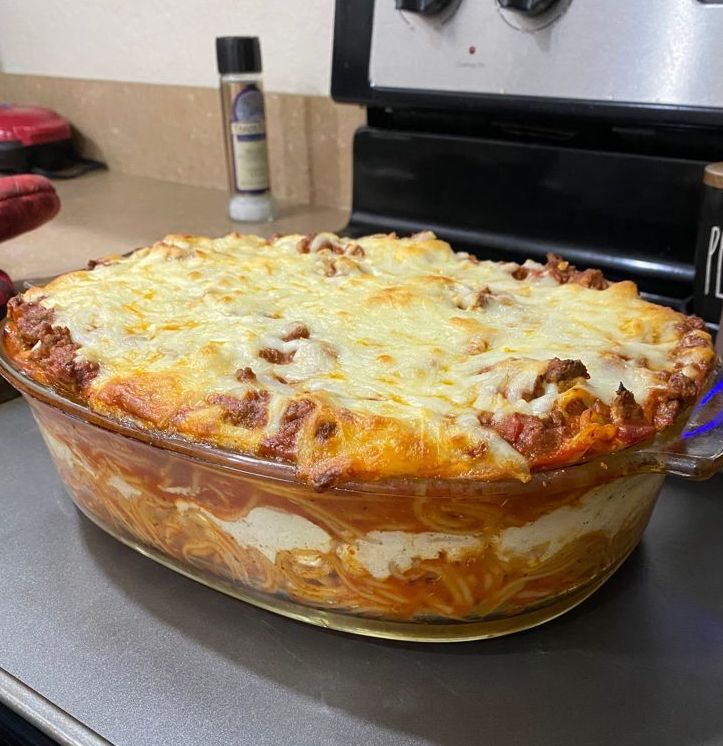ADVERTISEMENT
Ah, the joy of discovering simple life hacks that transform our daily tasks into something a bit more manageable! Today, I’m excited to share a nifty trick that’s as straightforward as it is effective, especially for tackling a common annoyance in our kitchens: excess moisture in the fridge. This issue, if left unchecked, can lead to limp vegetables and an overall less inviting smell inside your refrigerator. The surprisingly simple hero of this story? A kitchen sponge! Let’s dive into how a mere sponge can revolutionize the freshness and dryness of your fridge.
Why Place a Sponge in Your Fridge?
Sponges are celebrated for their absorbency, a characteristic that makes them invaluable for mopping up spills. However, it turns out this attribute can also be a game-changer for controlling humidity levels in our fridges. Here’s the breakdown:
Moisture Absorption: By positioning a clean, dry sponge within your refrigerator, you effectively create a moisture magnet. This sponge will attract and hold excess humidity, which commonly accumulates in vegetable drawers and other fridge compartments. As a result, it combats dampness, keeping your produce fresher for an extended period and preventing musty odors from developing.
Enhanced Fridge Cleanliness: With a sponge quietly absorbing moisture, you’ll notice a significant reduction in water droplets on the interior surfaces of your fridge and on the exteriors of food containers. This contributes to a cleaner, more sanitary space for your food, diminishing the likelihood of mold and mildew formation.
Implementing the Sponge Hack:
Continued on next page
ADVERTISEMENT
ADVERTISEMENT
Ammonia has the potential to irritate the eyes and skin. Before usage, be sure to use gloves and a mask.
To neutralize bleach, you’ll need baking soda paste.
t-shirt for baking
Soda bicarbonate – spm
Even the most entrenched stains, like those caused by grease, ink, or wine, may be removed with this procedure.
The best way to remove bleach stains from cloth is to rinse it in cold water first.
The cloth will be able to absorb less bleach and reduce its concentration in this way. The next step is to make a paste by combining one cup of baking soda with a small amount of water.
Let the mixture dry after applying it immediately to the product-affected region. To lessen the severity of the stain, gently clean it with a soft-bristled brush.
ADVERTISEMENT
ADVERTISEMENT
